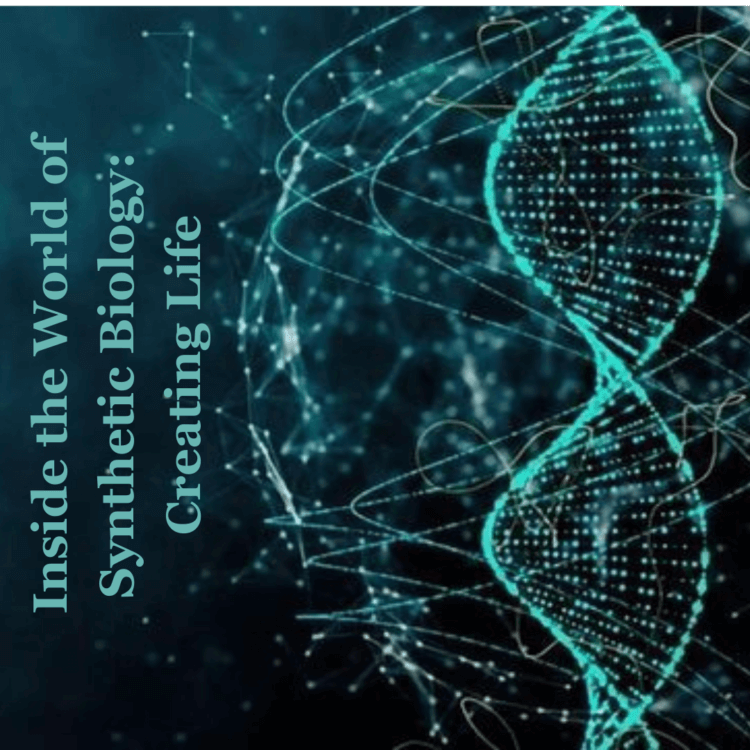Synthetic biology is an interdisciplinary field that combines principles of biology, engineering, chemistry, and computer science to create new biological systems or redesign existing ones. While it doesn’t necessarily involve “creating life” in the sense of generating new organisms from scratch, it does involve manipulating the genetic material and cellular processes of living organisms to design and engineer specific functions or traits. Here’s a look inside the world of synthetic biology:
1. DNA Synthesis and Editing:
DNA Synthesis
Synthetic biologists can synthesize DNA sequences with specific genetic codes to engineer new biological functions.
Genome Editing
Tools like CRISPR-Cas9 are used to precisely modify the DNA of organisms, enabling the addition, deletion, or alteration of genes.
2. Genetic Circuits:
Designing Genetic Circuits
Synthetic biologists create genetic circuits by combining genetic components like promoters, genes, and terminators to control cellular processes.
Applications
Genetic circuits are used to regulate gene expression, produce specific proteins, or trigger responses to environmental conditions.
3. Metabolic Engineering:
Redesigning Metabolic Pathways
Synthetic biologists alter metabolic pathways in microorganisms to produce valuable compounds, such as biofuels, pharmaceuticals, and bioplastics.
Optimizing Strains
Through genetic modifications, microbial strains can be optimized for maximum production efficiency.
4. Biotechnology and Pharmaceuticals:
Drug Development
Synthetic biology is used in the production of pharmaceuticals, including insulin and vaccines.
Bioprocessing
Engineered microorganisms can be used to produce therapeutic proteins and other biopharmaceuticals.
5. Agriculture:
Genetically Modified Organisms (GMOs)
Genetic engineering is employed to create crops with improved traits, such as pest resistance or enhanced nutritional content.
Crop Yield Improvement
Synthetic biology can boost crop productivity through better photosynthesis or stress resistance.
6. Bioremediation:
Environmental Cleanup
Engineered microorganisms are used to remediate polluted environments by breaking down contaminants.
Biodegradation
Synthetic biology can enhance the natural biodegradation of pollutants.
7. Cell and Tissue Engineering:
Tissue Regeneration
Researchers are using synthetic biology to create tissues and organs for transplantation.
Cell-Based Therapies
Engineered cells can be used in treatments for various diseases and conditions.
8. Biofuels and Green Energy:
Biofuel Production
Microorganisms are engineered to produce biofuels like ethanol and biodiesel from renewable resources.
Photosynthetic Organisms
Researchers are designing synthetic photosynthetic organisms to harness solar energy for fuel production.
9. Ethical and Safety Considerations:
Ethical Challenges
Synthetic biology raises ethical concerns regarding the potential misuse of engineered organisms, bioterrorism, and environmental impacts.
Safety Protocols
Stringent safety protocols are in place to prevent the unintended release of engineered organisms and protect ecosystems.
10. Future Potential:
Synthetic biology holds the promise of creating entirely new organisms and biological systems with applications ranging from medicine to biotechnology, but it also comes with ethical and regulatory challenges that must be addressed.
Synthetic biology is a rapidly evolving field that has the potential to revolutionize medicine, industry, and agriculture. It offers the possibility of engineering organisms to address pressing global challenges, but it also requires responsible oversight and ethical consideration to ensure its benefits are realized without causing harm.










No Comments
Leave Comment